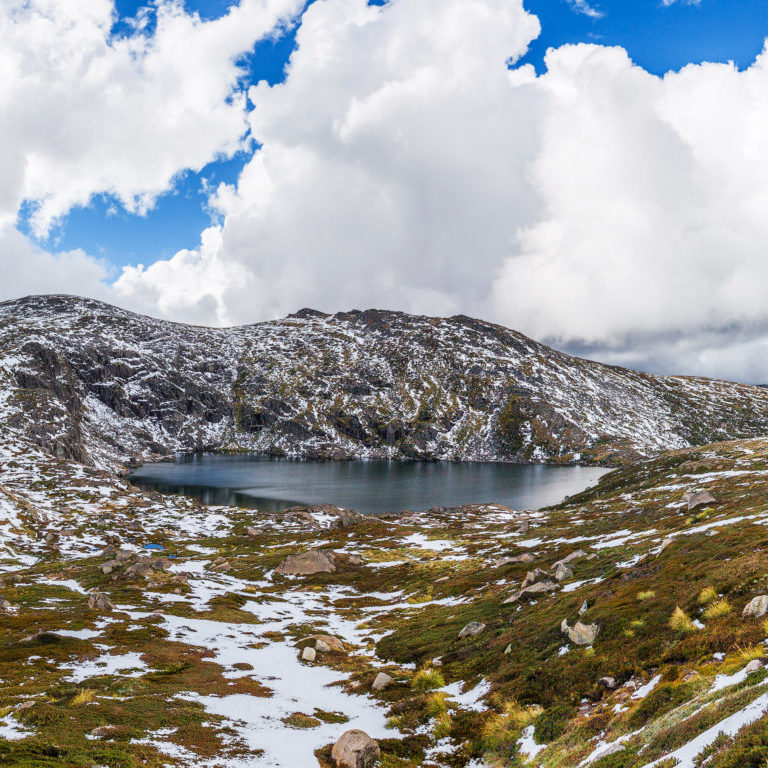The latest edition of the Proceedings of the Royal Society of Victoria is now online, featuring a new species of calcareous sponge discovered in Geelong, a spectacular new H5 meteorite in Maryborough, an account of Indigenous meteorological knowledge using stellar scintillation, a reclassification of fossil graptolites from the early Bendigonian, a case for regulated investment in a resilient electricity network, an account of the Bureau of Meteorology’s new extreme heatwave event forecasting service, and a discussion on whether a similar service might be required for cold extremes.
There were once Eucalypts in South America and New Zealand, and South American conifers in Australia. What’s the link?
Antarctica.
Once at the heart of the Gondwana supercontinent, it is unsurprising that Antarctica holds information on plant species that were once common throughout the Southern Hemisphere. First travelling to Antarctica in the summer of 1991-92, Professor Cantrill has since returned eight times to collect data, sometimes spending up to five months at a time out in the field away from shelter and wildlife. Today, the growth and variety of flora in Antarctica is limited, due to the sheer amount of ice cover and inhospitable conditions; however, Professor Cantrill has dug deeper into the past to uncover the southernmost continent’s fossil record, revealing a flourishing environment millions of years ago that supported diverse plant life.
Four categories of science, eight amazing presentations! What a wonderful night we had at the Society, with these outstanding early-career scientists presenting their remarkable work with passion, humour and poignancy. Drawn from a very competitive applicant pool of 47 final year PhDs from across Victorian research institutions, these newest members of the Royal Society of Victoria were already assured of a prize on the night – it was just a matter of which one.
Ultimately, our competition must acknowledge those who draw ahead of the pack on the grounds of effective communication, robust science, the capacity to answer questions through audience discussion and the significance of their research. The results are listed here in each category, with warm congratulations to all our winners and runners-up.
Prizes across four categories of science are available to doctoral candidates who are in the final year of their PhD (or equivalent). Thanks to the generosity of Dr Max and Mrs Margaret Richards, the value of our four first prizes are now valued at $1250 each. With an opportunity to present your research work to Victoria’s oldest learned society, you should start planning your application today!
Finalists will present to the Society during National Science Week, on the evening of Thursday, 16 August 2018.
As finalists from a very competitive applicant pool of 41 final year PhDs from across Victorian research institutions, our newest members of the Royal Society of Victoria had already demonstrated the excellence of their scientific research before they even walked in the front door; the final task before them was to communicate the methods and significance of their complex work to a general audience of scientists and science enthusiasts in a clear, concise and engaging presentation of no more than 10 minutes!









